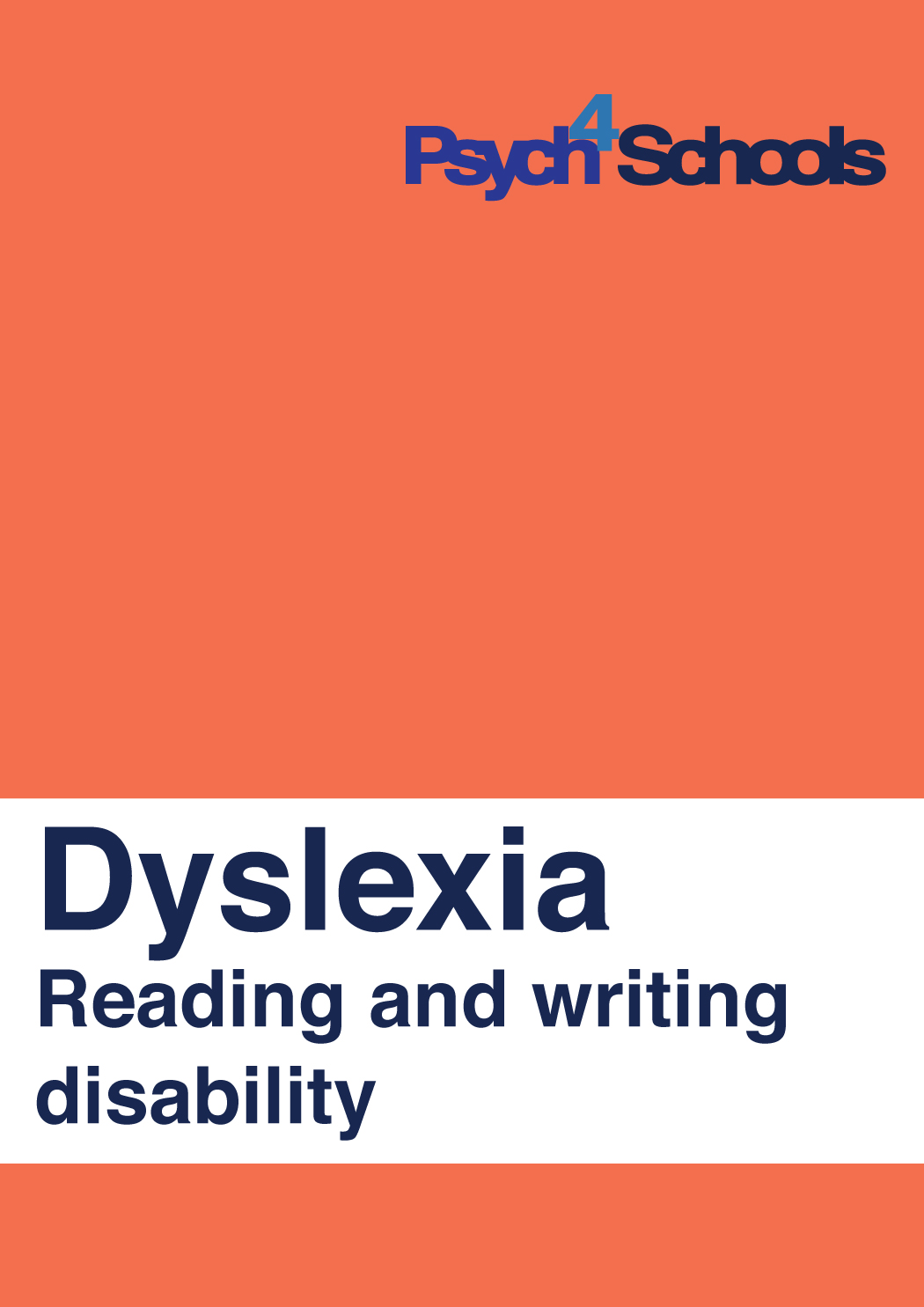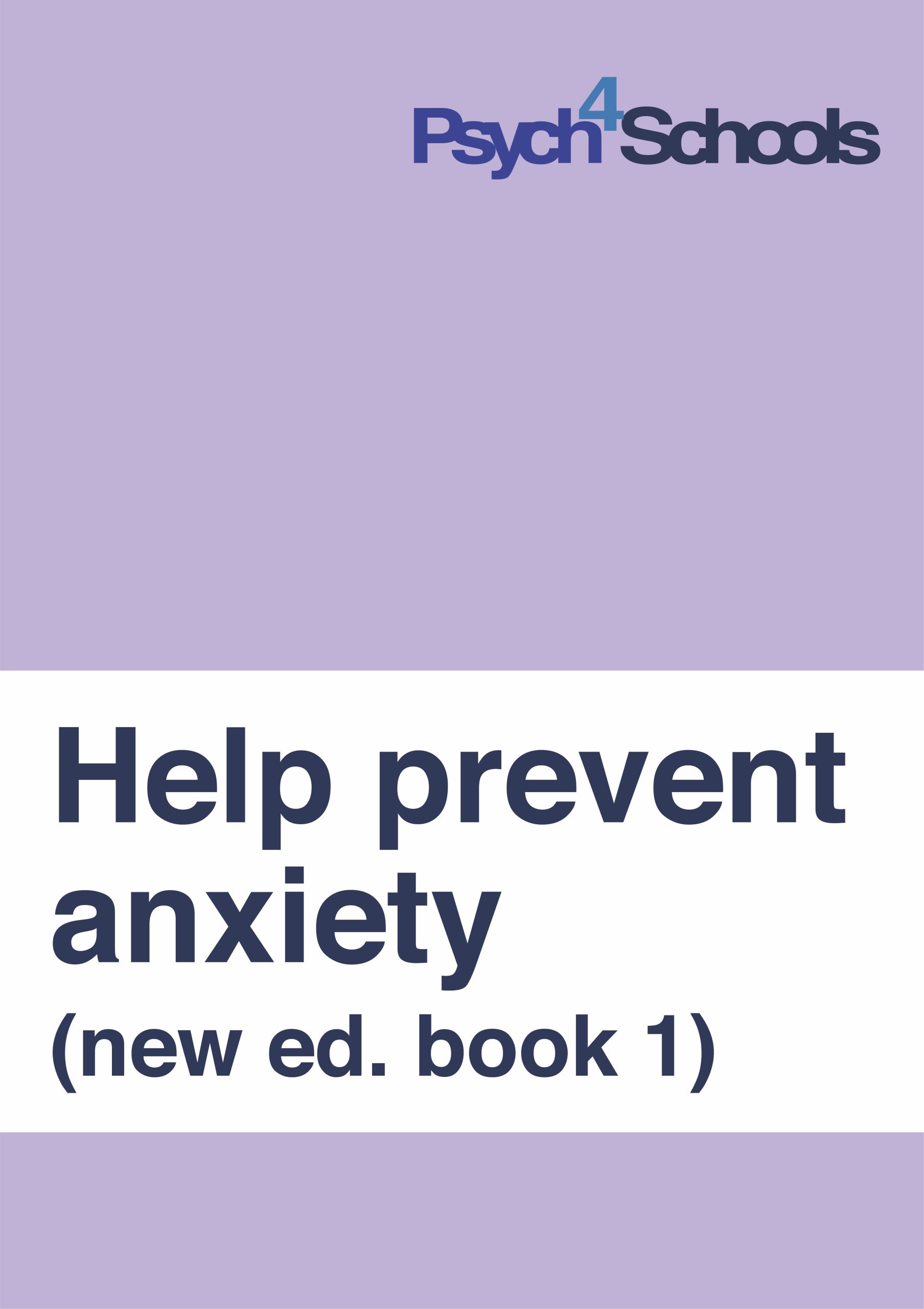English as an Additional Language (EAL)
The following is an excerpt from the ebooklet Working with children with English as a Second Language (ESL) or English as an Additional Language (EAL) by Murray Evely and Zoe Ganim.
Introduction
Children who are new arrivals into Australia with English as a Second Language (ESL) face a number of challenges at school. For some of these children, the challenges relate to the stress that arises from cultural and language differences. As a result, these children may experience a range of emotions including frustration, loneliness, anger, resentment, anxiety and depression.
It is generally agreed that three years of English instruction is sufficient time for the development of proficient use of English, though older children may take slightly longer.
While children from a non-English-speaking background or who have English as a second language may experience a number of challenges, most will make successful transitions with adequate support.
Impact of English language difficulties
Children with English language difficulties may present with one or more of the following behaviours in the classroom:
- Being quiet. Often these children present as quiet in the classroom because of difficulty with correctly comprehending words, spoken English instructions or dialogue, and fear that they may do or say the wrong thing. Most ESL students have a ‘silent period’ for a number of weeks, or even months, as they make the adjustment from their first language to English.
- Challenging behaviours. Children with ESL can become frustrated and exhibit challenging behaviors as a result of their limited ability to express themselves effectively.
- High levels of anxiety. High levels of anxiety may be experienced because of fears about being judged negatively by teachers and peers, and apprehension around communication and language competency. These children tend to become anxious when they are asked to read aloud or answer questions in class, when they are completing written tasks, and during tests when instructions are given verbally to the whole class.
Impact of cultural differences
In addition to language differences, children with ESL may have a cultural background of social, educational, and behavioural norms and protocols that are different from Australian norms. These differences can create both social and behavioural issues. Lack of language fluency and knowledge of accepted social behaviours can make it difficult to make friends and interact appropriately with teachers. For example, in some cultures it is considered rude for children to look adults in the eye, or to look anyone of the opposite sex in the eye. Other children may worry about answering questions incorrectly as in their culture it causes the teacher to ‘lose face’. Some children may be used to a strict educational setting where teachers are detached and learning tasks are rigid and teacher-directed. In addition, some children with ESL may look physically different to their classmates, and this can accentuate feelings of difference and loneliness.
Impact of possible trauma and interrupted learning
Some of these children may have been exposed to war-related trauma or even torture. It is important that the teacher is aware of any refugee children in their class, or children who have had refugee-like experiences to ensure that appropriate planning and additional assistance can be implemented. See the Psych4Schools ebooklet on ‘Children from refugee backgrounds’.
Be mindful that some children may have experienced significant disruption to their schooling and formal learning opportunities due to war in their country or living in refugee camps.
Strategies to support the child with English as a Second Language (ESL)
- Attend ESL professional development sessions. There are many ESL workshops, seminars and professional training sessions to support teachers working with children with ESL. Contact your local school department to enquire about training through professional associations.
- Develop an inclusive approach. Help each child in the room to feel welcome and part of a shared community of learning. Focus some units of work and inquiry-based learning projects around the different cultures and backgrounds of class members.
- Where possible, gain a clear assessment of the child’s learning ability, as lack of English should not be confused with a learning difficulty. If there is a learning difficulty, it will be apparent in both languages. Some parents may be tempted to blame any learning delay on the child’s lack of facility with English.
Use best classroom practice to support learning
- Use visual supports such as pictures, gestures and short films when teaching new concepts.
- Read often to the class. Use dramatic intonation and gesture when reading to the class. Encourage children to participate in shared-book activities, provide smaller versions of big books for children to take home and encourage children to predict unknown words in texts using syntactical, semantic and grapho-phonic cues.
- List or highlight key words and instructions for tasks or homework on the whiteboard or a handout.
ISBN 978-1-921908-06-4
Copyright © Murray Evely and Zoe Ganim 2011
No part of this excerpt may be reproduced or reprinted without permission in writing from the publisher.
Click here to read copyright details, summary of the licence and terms and conditions to use and reproduce our digital materials granted to authorised users.
This article is an excerpt from the ebooklet English as an additional language (EAL).
Download the complete ebooklet for full access to strategies and resources, including:
- Giving instructions
- Use best classroom practice to support learning (continued)
- Develop social skills and self-efficacy
- Resources





